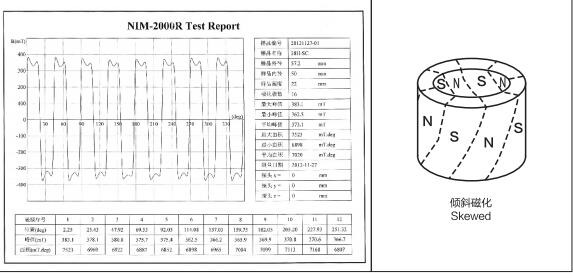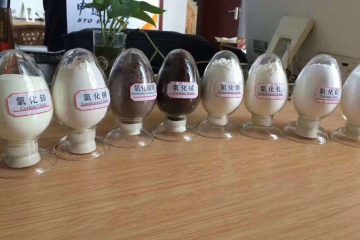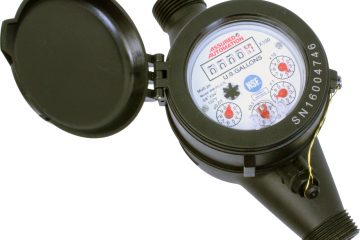KM02 Sintered polar anisotropic ring magnets:
Surface magnetic flux of Sintered polar anisotropic ring magnets can reach top point, which is higher than arc shape magnet and radial ring magnets from 50%-100%, which can significantly improve the efficiency of magnet motor, and it also helps motor lighter and cut down the raw materials cost, all of these points help us to believe it will be another good choice for high performance motors, which is different with radially oriented ring magnet.
The polar anisotropic ring structure comes from hot forming process, thermal deformation of nano-crystalline magnets producing process, firstly the spun ribbons is made by rapid quenching, then hot pressed the spun ribbons to be a specific structure, then hot forming in high temperature to be a radial oriented ring. Finally it can be machined and property inspection.
Advantages:

- Higher flux density;
- Rotor shaft can be non-metallic material, to reduce weight of motor without reducing magnet performance;
- Higher utilization of permanent magnet.
Comparison of radially and polar anisotropic ring magnets:

KM Magnetic characteristics of ring magnets:
Polar anisotropic magnet Hcj: 11-35kOe;
Radial ring magnets Hcj: 11-25 kOe, Br:11-13.6 kGs, (BH)max: 30-45 MGOe
Back-ward extrude into ring Hcj: 11-25 kOe, Br:11.4-13.6 kGs, (BH)max: 30-45 MGOe
Coating:? KM ploymer coating, epoxy coating, nickel coating etc.
Application: Robotics and industrial automatic production line etc.
Notification: Above data only represents our current technology, the dimensions, performance and tolerance will be changed since technology breakthrough in manufacturing, please contact our professional engineer for more details.



0 Comments